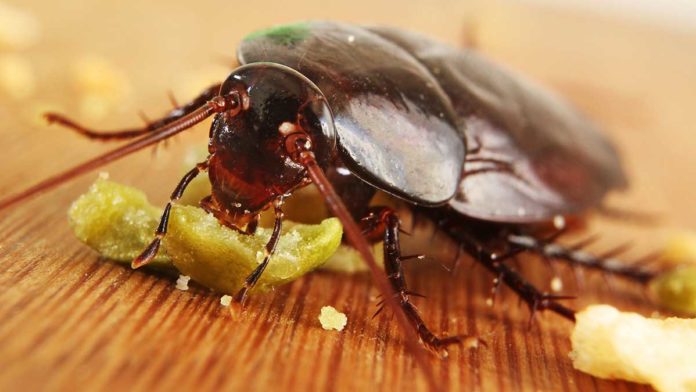Bug bombs, more formally known as “total release foggers,” are pesticide products that are designed to fill an area with insecticide; they are often used indoors to kill cockroaches, fleas and other pests.
A new study by the North Carolina State University on bug bombs suggests that these total release foggers are ineffective at removing cockroaches from indoor environments. Instead, they leave behind nasty toxic residue in the middle of floors and countertops.
For the detailed study, scientists tested four different commercially available bug bombs with various insecticide active ingredients in five different apartment complexes with moderate to severe infestations of German cockroaches (Blattella germanica), common indoor household pests.
All the fogger products contained pyrethroids, a class of fast-acting insecticides, and some contained piperonyl butoxide, a chemical that prevents roaches from metabolizing, or breaking down, the insecticide.
After that by assuming cockroach population in 20 homes, scientists set off the bug bombs while considering U.S. Environmental Protection Agency guidelines on preparing the homes for fogger release.
After two weeks and one month, scientists checked whether if there is a decline in the cockroach population.
Zachary DeVries, an NC State postdoctoral researcher said, “The bug-bomb products did absolutely nothing to control cockroach populations in these homes.”
Scientists also treated 10 more homes with commercially available gel bait. Gel baits are generally applied in small dabs via syringe, so they can be placed directly in the places where cockroaches hide. In contrast to the bug bombs, these baits were effective, after two and four weeks, in eliminating cockroach populations in the 10 homes.
To further test the effectiveness of bug bombs, the researchers placed both roaches raised in the lab and roaches captured in the homes into greased cages—making them inescapable—and set the cages on the floor and in upper cabinets of the studied homes during the deployment of the bug bombs.
DeVries said, “The lab roaches, which are not hardy, had high mortality. The roaches captured in the homes and then brought back, however, had far lower mortality rates than you would expect from direct exposure to bug bombs, confirming the ineffectiveness of these products when used for German cockroach control.”
Scientists further examined if bug bombs increased insecticide exposure risks in the homes. Prior to doing that, however, they swabbed floors and kitchen surfaces and found insecticide residue already present.
DeVries said, “However, what was most disconcerting was that these swabs were collected from the middle of floors and kitchen surfaces, locations where roaches don’t generally congregate.”
Four to six hours after the bug bombs were deployed, the researchers again swabbed floors, kitchen surfaces, walls, and cabinets and found average insecticide residues increased 600 times baseline levels on all horizontal surfaces. After one month, those surfaces were swabbed again; 34 percent still had higher insecticide residue levels than the baseline.
DeVries said, “Bug bombs are not killing cockroaches; they’re putting pesticides in places where the cockroaches aren’t; they’re not putting pesticides in places where cockroaches are and they’re increasing pesticide levels in the home. In a cost-benefit analysis, you’re getting all costs and no benefits.”
The study is published in the journal BMC Public Health.
